Peperomia Magnoliifolia
₹520.00 Original price was: ₹520.00.₹440.00Current price is: ₹440.00.
(MRP Inclusive of all taxes)
- Shipping Rs 100 for entire order
- Dispatch in 8-10 days
- Country of origin: India
Description for Peperomia Magnoliifolia
The palmate pattern of leaf veins is marked out in some species as furrows in the leaves or as coloured lines. Most Peperomias have tiny flowers which are packed into a characteristic greenish or brown conical spike (spadix) like an inverted catkin.
A few species have more attractive flowers such as the white, scented clusters of spikes produced by Peperomia fraseri from Ecuador.
Planting and care
It is occurring in all tropical and subtropical regions of the world, though concentrated in Central America and northern South America. A limited number of species (around 17) are found in Africa. Most Peperomia species can be relatively easily propagated from leaf cuttings, similar to the way African violets are propagated. Remove large leaves with their stalks (petioles) and bury in seedling starting soil. Use of a rooting hormone can increase odds of success. Place the cutting in a warm, bright place until new growth emerges.
Caring for Peperomia Magnoliifolia
- If your peperomia plants are wilting, in spite of regular watering, the plant is likely not getting enough oxygen to the roots.
- Keep the peperomia leaves dry and provide good air circulation to prevent diseases.
Typical uses of Peperomia Magnoliifolia
Special features: Peperomia Houseplants are easily propagated from leaf cuttings, stem tip cuttings, and plant division. Be sure to allow the cut ends of the leaves or stems being used for propagation to dry out for several hours or overnight before planting them.
Ornamental use: The Peperomia houseplant is an attractive addition to a desk, a table or as a member of your houseplant collection. Peperomia care is not difficult and Peperomia plants have a compact form that lets them occupy a small space wherever you choose to place them.
Be the first to review “Peperomia Magnoliifolia” Cancel reply
Related products
Indoor Foliage Plant
Indoor Foliage Plant
Indoor Plants
Indoor Creepers & Ferns
Indoor Foliage Plant
Indoor Cactus & Succulents
Snake Plant, Sansevieria trifasciata, Sansevieria zeylanica – Plant
Indoor Plants
Indoor Foliage Plant


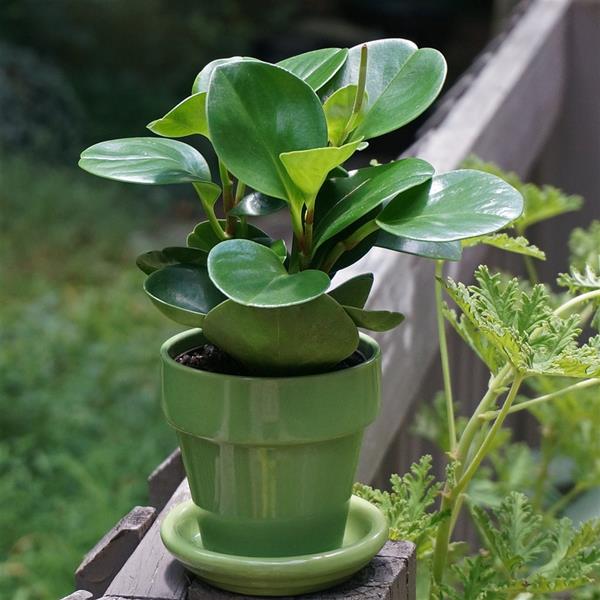


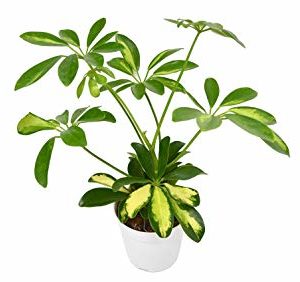

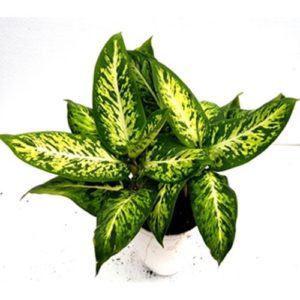


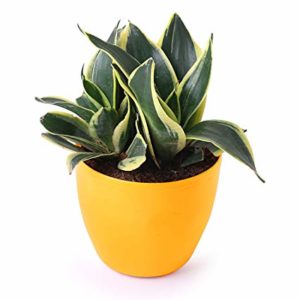
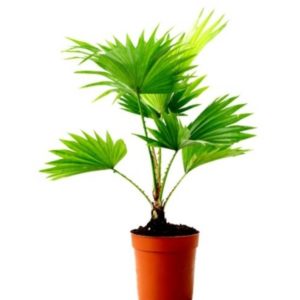
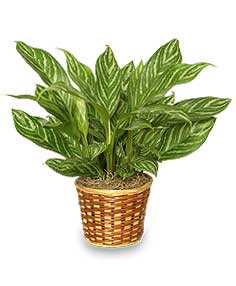
Reviews
There are no reviews yet.